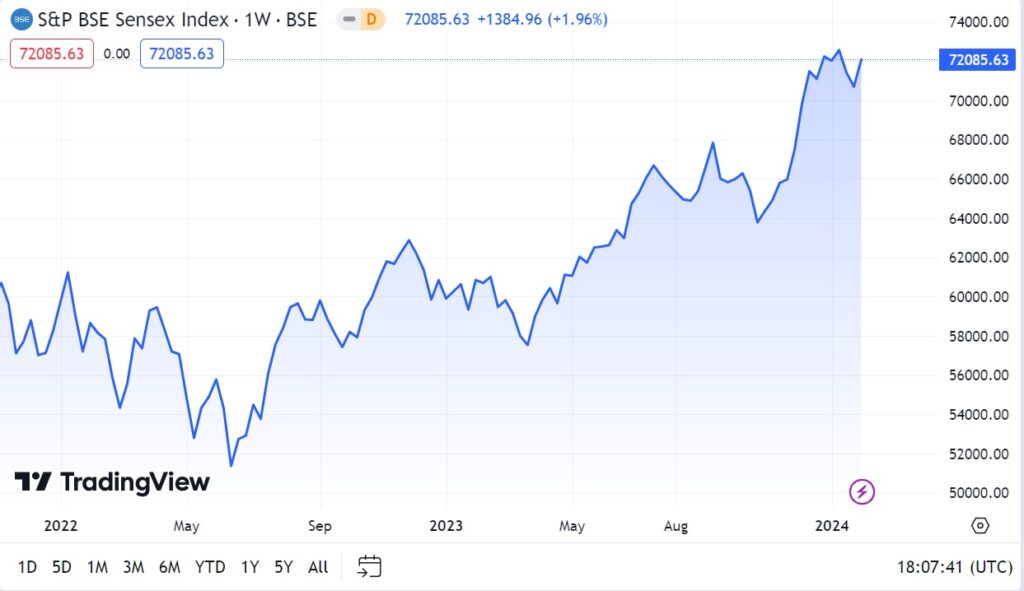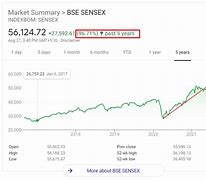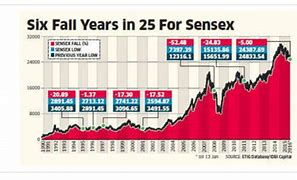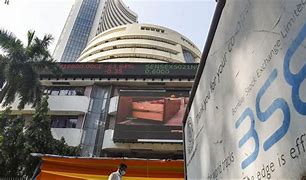
The Indian stock market experienced a significant downturn on August 5, 2024, with the BSE Sensex plummeting over 1,000 points. This sharp decline has left investors and analysts scrambling to understand the factors behind the sudden market crash. In this blog post, we’ll delve into the reasons for the Sensex breakdown, its impact on the market, and what investors can expect moving forward.
Key Factors Behind the Sensex Crash
- Global Economic Uncertainty The global economic landscape has been fraught with uncertainty, with geopolitical tensions and economic slowdowns in major economies contributing to market volatility. Recent developments in the Middle East and trade tensions between major economies have heightened investor anxiety, leading to a sell-off in global markets1.
- Domestic Economic Concerns India’s economic growth has shown signs of slowing down, with recent data indicating weaker-than-expected industrial production and consumer spending. The government’s fiscal policies and budget announcements have also raised concerns about the country’s economic stability2.
- Profit Booking After a prolonged bullish phase, many investors have started booking profits, leading to a broad-based decline across sectors. Stocks that had reached peak levels are now being sold off, contributing to the market downturn3.
- High Valuations Several stocks in the Indian market have been trading at elevated valuations, making them susceptible to corrections. High price-to-earnings (P/E) ratios and other valuation metrics indicate that many stocks were overpriced, prompting investors to sell off shares to lock in gains4.
- Sector-Specific Issues Certain sectors, such as banking and oil & gas, have faced specific challenges that have exacerbated the market decline. For instance, HDFC Bank and Reliance Industries, two major contributors to the Sensex, saw significant declines due to sector-specific issues5.
Impact on Investors
The sudden crash in the Sensex has had a profound impact on investors, with many seeing a significant erosion of their portfolio values. The market capitalization of BSE-listed companies fell by approximately ₹8 lakh crore, reflecting the widespread impact of the sell-off6. Mid and small-cap stocks were particularly hard hit, with declines of around 3%6.
What Lies Ahead?

While the current market scenario appears bleak, it’s essential for investors to remain calm and avoid panic selling. Market corrections are a natural part of the investment cycle, and long-term investors should focus on the fundamentals of their investments. Here are a few tips for navigating the current market volatility:
- Diversify Your Portfolio Diversification can help mitigate risks by spreading investments across different asset classes and sectors. This approach can provide a buffer against market downturns in specific sectors.
- Stay Informed Keeping abreast of market developments and economic indicators can help investors make informed decisions. Regularly reviewing financial news and analysis can provide valuable insights into market trends.
- Focus on Quality Stocks Investing in fundamentally strong companies with robust financials and growth prospects can provide stability during market turbulence. Quality stocks are more likely to recover and perform well in the long run.
- Consult Financial Advisors Seeking advice from financial advisors can help investors navigate market volatility and make strategic investment decisions. Advisors can provide personalized guidance based on individual risk tolerance and financial goals.
Conclusion

The Sensex breakdown on August 5, 2024, has been a stark reminder of the inherent volatility in the stock market. While the immediate impact has been significant, it’s crucial for investors to maintain a long-term perspective and avoid making hasty decisions. By staying informed, diversifying portfolios, and focusing on quality investments, investors can navigate the current market challenges and position themselves for future growth.
By focusing on the latest market developments “Sensex breakdown,” “market crash,” “August 5, 2024,” and “investor tips” will help improve the post’s visibility and reach a broader audience.
1: Economic Times 2: Forbes Advisor 3: Economic Times 4: Moneycontrol 5: Economic Times 6: Economic Times

